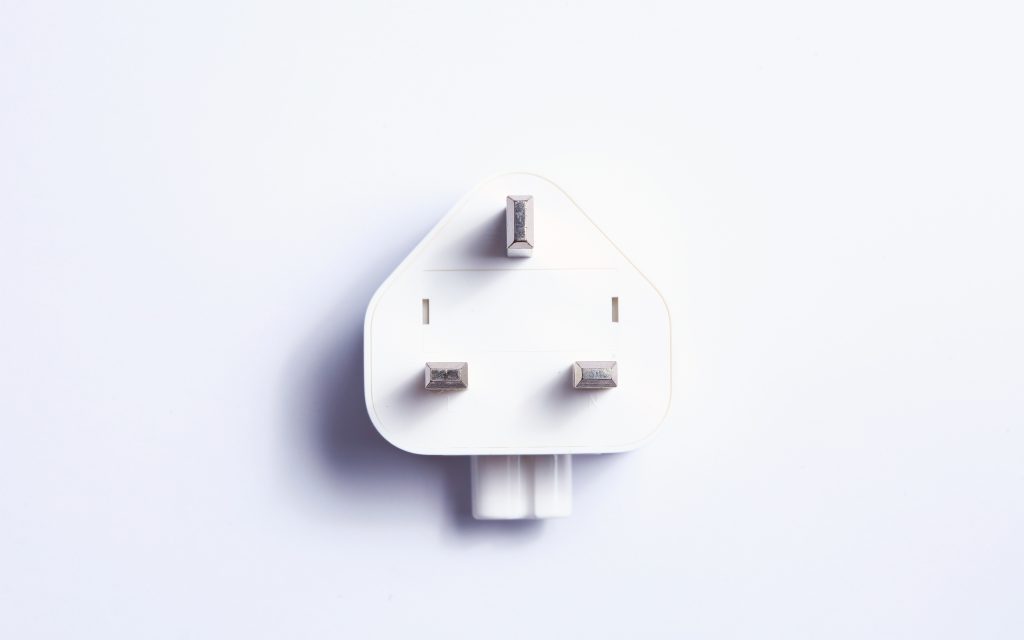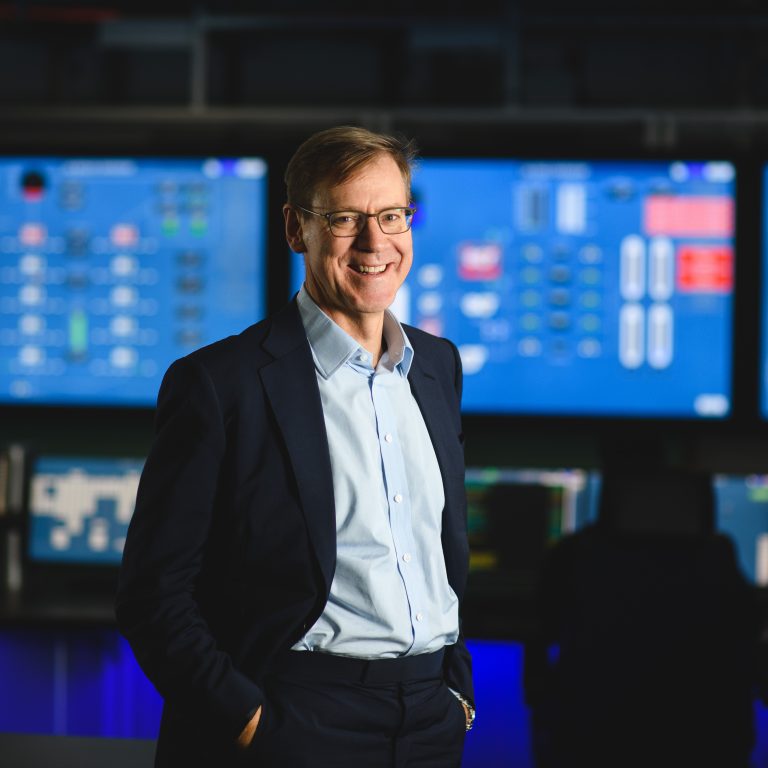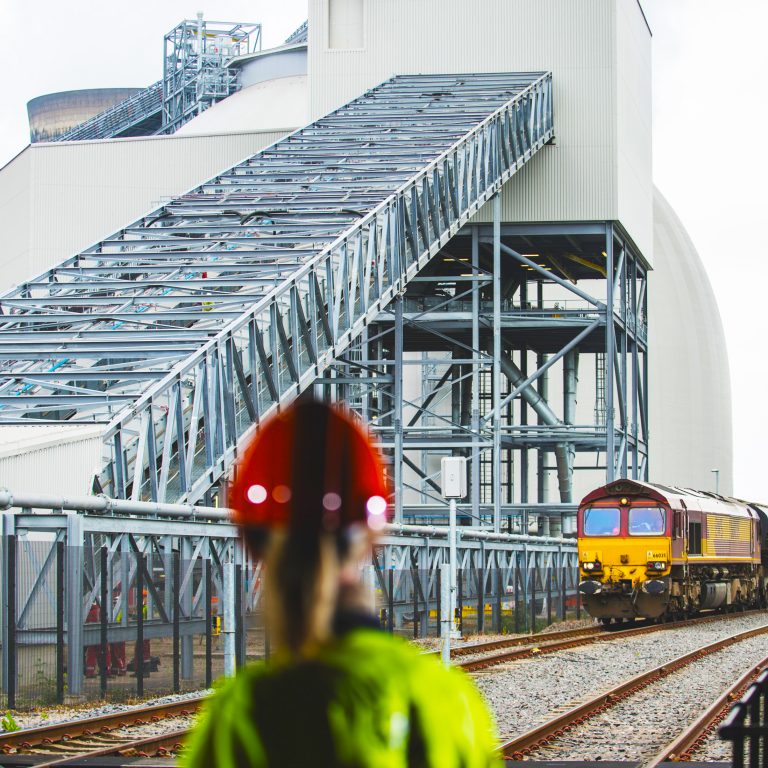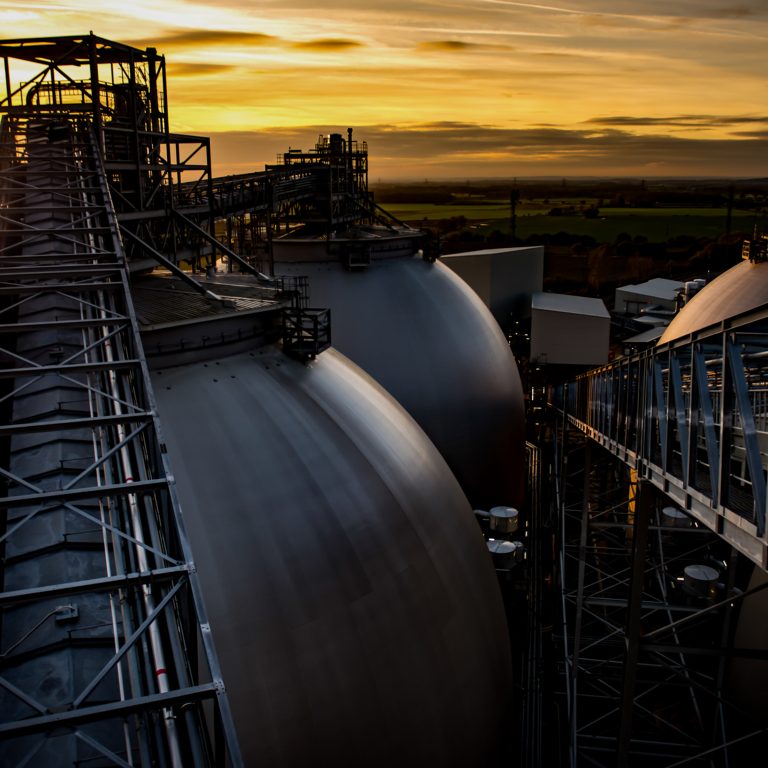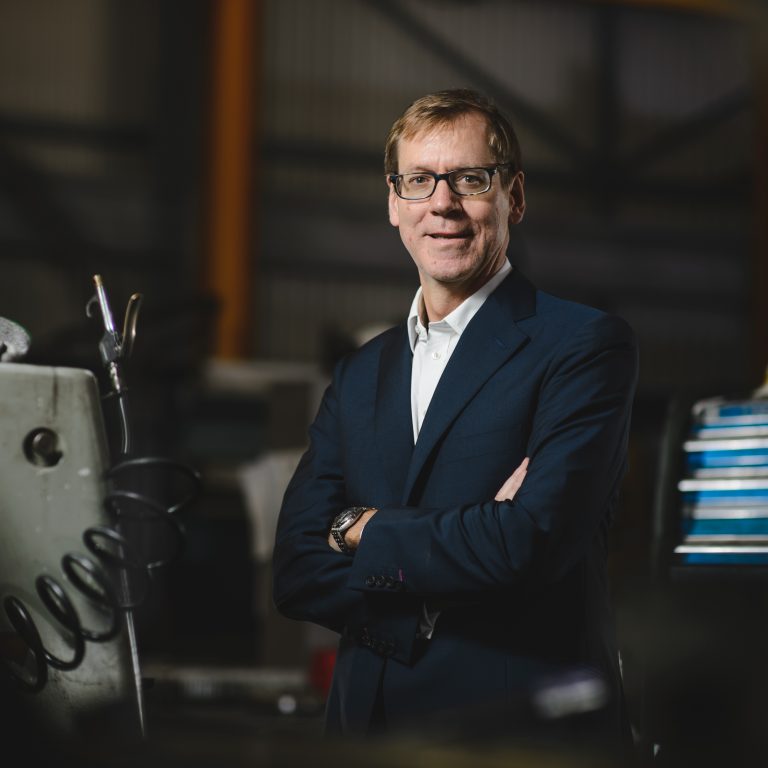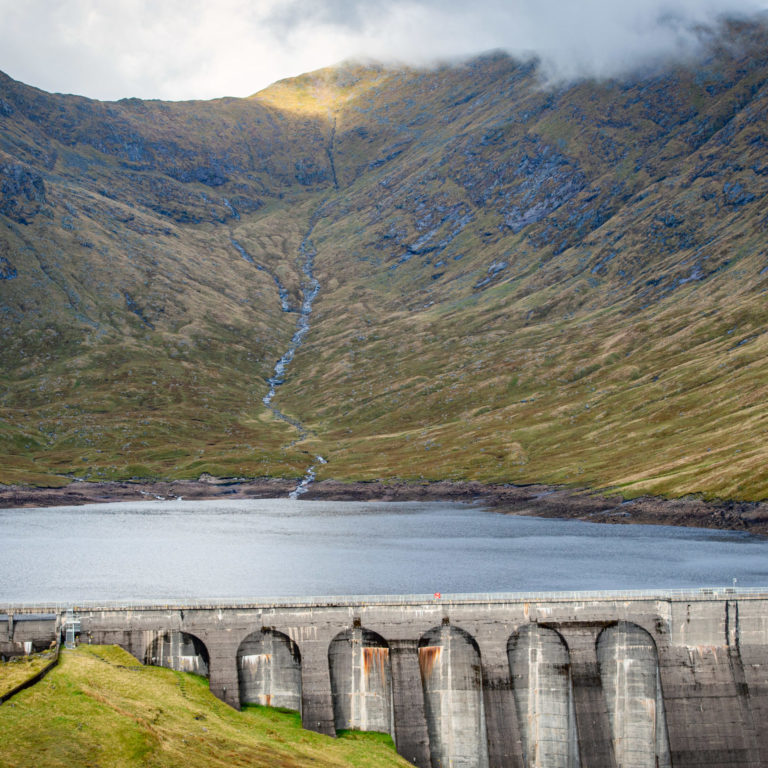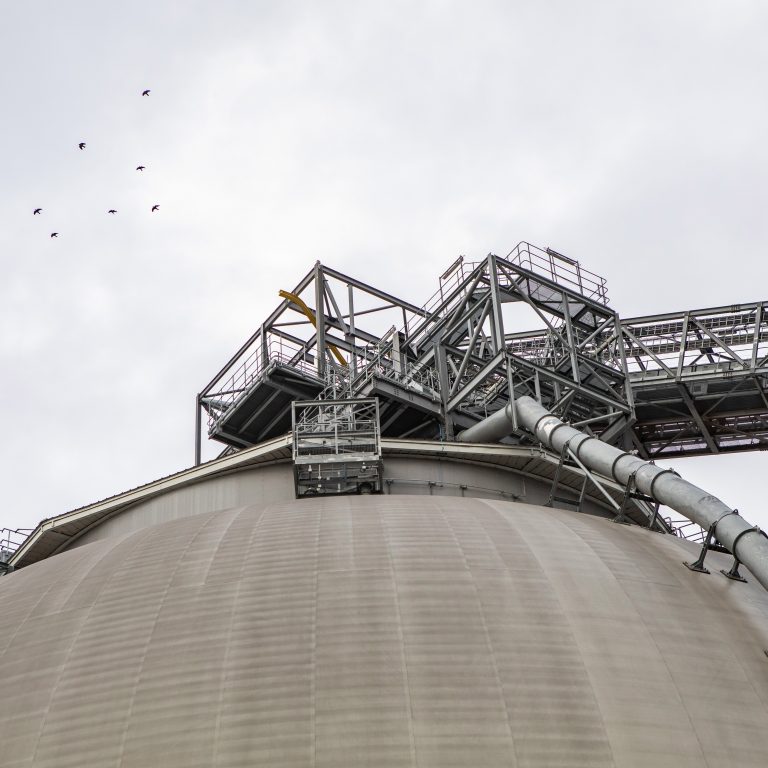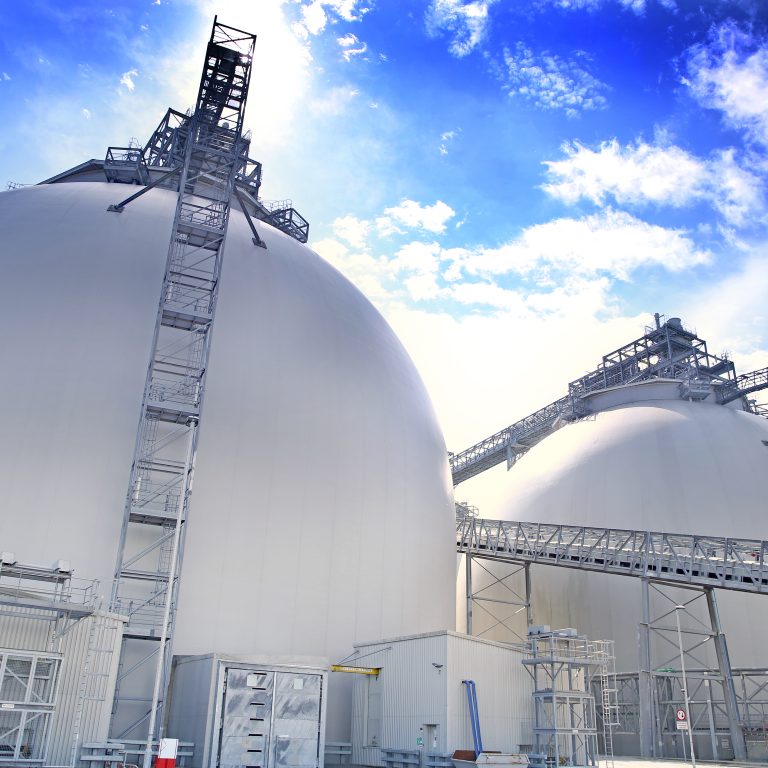The residents of Cupertino, California are getting used to their new space-aged neighbour. In this Silicon Valley city, a sleek, doughnut-shaped flying saucer sits on a hillside, overlooking the population. But this is no extra-terrestrial. This is the new home of Cupertino’s most-famous inhabitant: Apple.
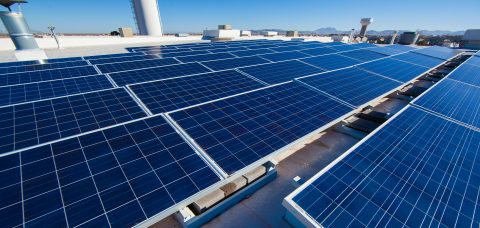
The so-called Apple Campus 2 ‘spaceship’ has caused a stir since it opened this year. With its abundance of trees, 100,000 square-foot wellness centre, revolutionary chairs and specially designed pizza boxes, it aims to be, as the late Steve Jobs declared it, “the best office building in the world.”
But there’s also something interesting going on outside the building where women and men think up the next iPhone. Around the 175-acre campus sits 805,000 square-feet of solar arrays. The 17 megawatts (MW) of solar panels on the spaceship’s roof and 4 MW of fuel cell storage will provide 75% of the building’s daytime electricity, with the rest coming from a nearby 130 MW solar farm.
The aim is to not only power operations with renewable energy, but to do so with self-generated renewable energy – and Apple aren’t alone in this endeavour.
Driven by a need to operate more cleanly and enabled by increasingly accessible renewable energy technologies, many companies are now pursuing their own energy independence. Could we soon see the first entirely off-grid multinational?
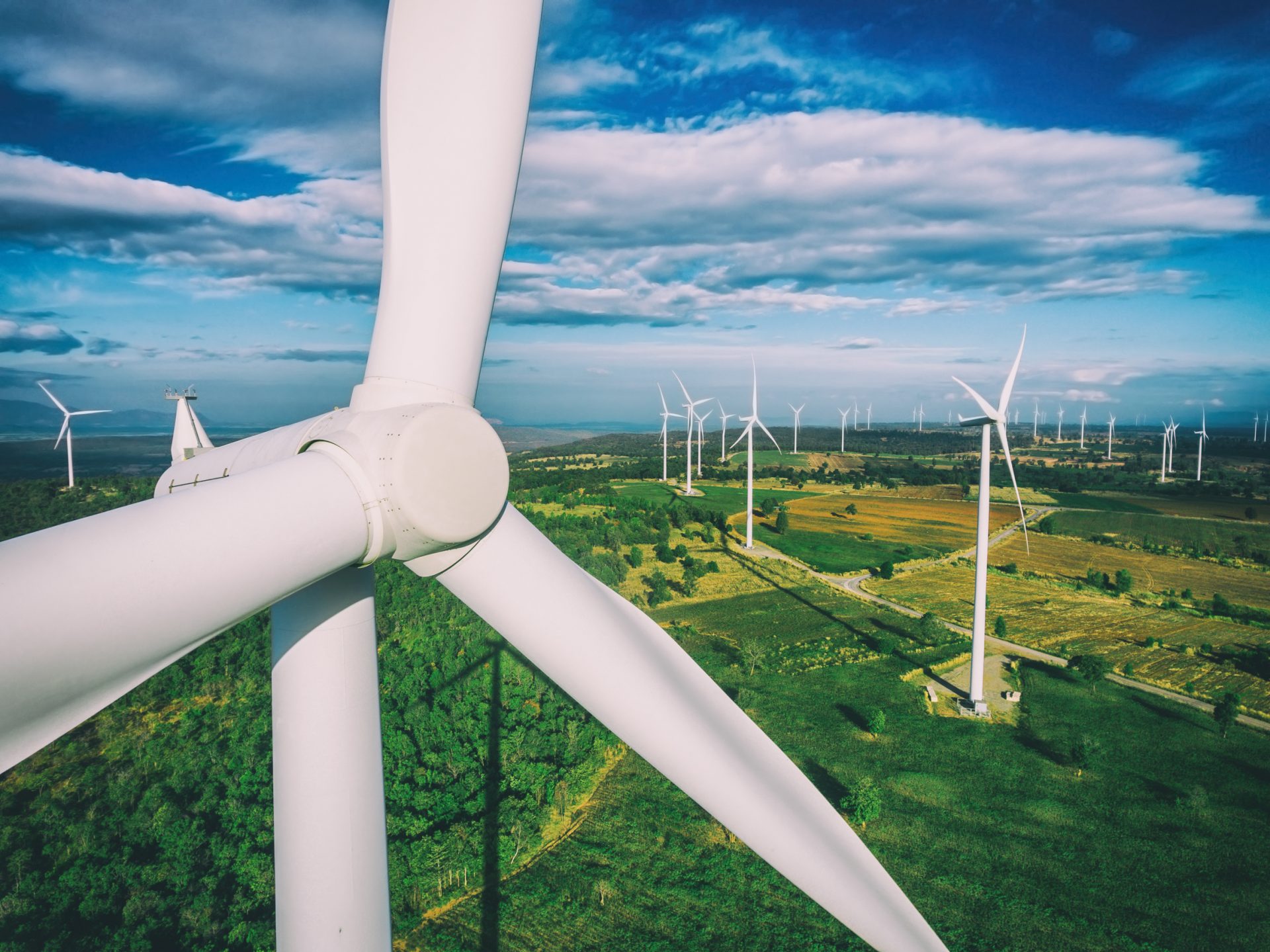
Going off grid
Think of IKEA and you might think of long afternoons wrestling woodwork and Allen keys – what you don’t think of is wind turbines. However, the Swedish retailer, which boasts 355 locations across 29 countries, recently saw the number of wind turbines it owns exceed the number of stores. By 2020 it aims to generate more renewable energy than it uses worldwide – something it’s already achieved in the Nordics and Canada.
IKEA isn’t the only retailer exploring innovative energy models. US shopping and leisure mall giants Target and Walmart, which count almost 7,000 locations between them, are also looking to self-generate renewable energy at mass scale.
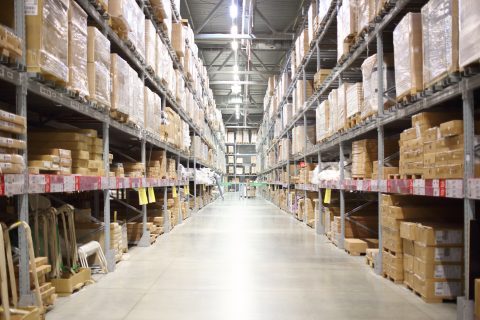
Making use of the space available at their massive stores, the retailers are looking to rooftop solar systems to power their efforts to reach 100% renewable energy. At the end of last year Target was the US’ leading corporate solar installer with 147.5 MW of capacity, followed by Walmart with 145 MW.
Unsurprisingly, the tech industry is making a big push towards self-supply or sourcing power from 100% renewable generators. This is largely down to just how much electricity they use, particularly when it comes to things like data centres.
Estimated by some to become the largest users of electrical power on the planet by the 2020s, datacentres house hundreds of rows of servers that remotely store and process internet and mobile data from around the world. They are the physical footprint of our digital, cloud computing age and already they’re estimated to use roughly 3% of the global electricity supply.
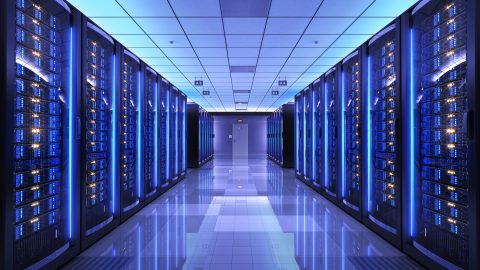
One big user of datacentres — crypto currency Blockchain — is projected by 2020 to use about the same amount of power each year as Denmark.
Microsoft has tackled its datacentre demand by both developing in-house generation capabilities and by partnering with local utilities suppliers to source renewable energy for their centres. Not only does this make operations cleaner, but the independence can also increase the reliability of their power supplies, which are often backed up by batteries.
There are other obvious benefits for companies going energy-independent – one being the PR boost. But there is also a significant bottom line benefit, even for partly self-generating organisations. In the first half of 2017 Thames Water cut £12 million from its annual energy bills by producing 23% of its own electricity.
While solar and wind made up part of this, the water management company generated much of the 146 GWh it produced through biogas made from its own sewage management facilities. The power it didn’t generate itself was sourced from Haven Power in the form of renewable biomass electricity.
What it means for the grid
The cynical view may be one that says energy independence is a further step towards entirely independent and unregulated multinationals, but there are signs it can benefit the wider population too.
Some self-generation operations can feed electricity back into the grid, serving as a backup resource at times of high demand. This idea of ‘prosuming’ (both producing and consuming electricity) is growing outside of big businesses in the residential space. With the rise of electric vehicles and their potential to store and feed power back to the grid, it is one likely to grow even further, and big companies are taking note.
Microsoft points to its Cheyenne, Wyoming-based data centre as an example of this. Local utility Black Hills Energy (which it has partnered with to source renewable power) has the ability to draw from the datacentre’s normally dormant backup generators in times of need.
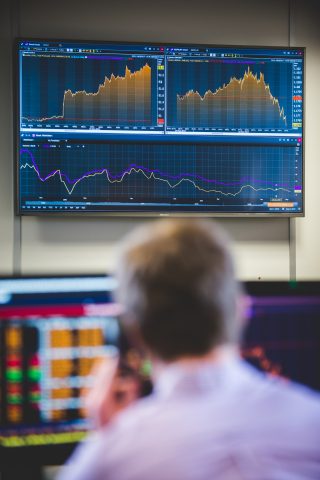
In the UK, this is happening on a smaller scale. Hamerton Zoo Park, in Cambridgeshire, generates its own onsite wind, solar and biomass power, making it the most ‘environmentally friendly zoo in Europe’. Excess power not used on site is then sold back to the grid through Opus Energy, generating extra revenue for the zoo and contributing to overall grid supply.
Even with growing numbers of prosuming and energy-independent companies, however, there will still be a need for grid-stabilising services provided by large scale generators. Companies perform well when they focus on their core business. Partnering with energy suppliers to help them manage their electricity – including their self-generated power – can make sense. But what increasing levels of distributed renewable energy generation offers is the potential to reduce usage of fossil fuels at a countrywide level.
Coordinating the give and take of this energy across the entire system will take significant effort, but smart technologies and improving storage will help grids and energy-independent companies work together to make the whole system cleaner.








